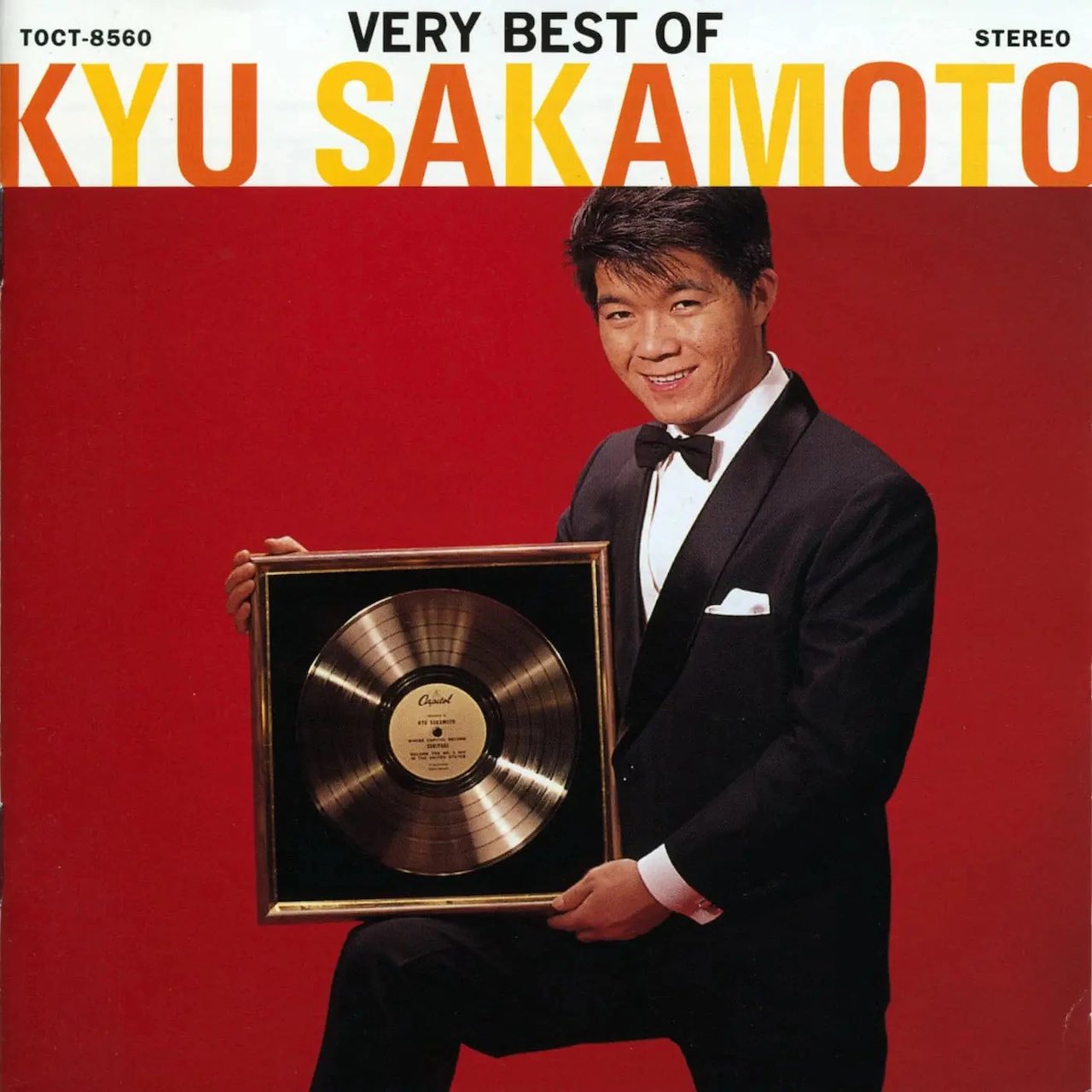A song with Japanese lyrics that few international listeners could understand, sporting an original title that translated as “I Look Up When I Walk,” recorded by the ninth child of a Tokyo restaurant owner? It wasn’t what you would call the typical recipe for success, but “Sukiyaki” was no typical release.
The artist in question was Kyu Sakamoto, a longtime favorite in his native Japan by the time his career-defining single topped the Billboard Hot 100 for three weeks in June, 1963. The enormous popularity of “Sukiyaki” made Sakamoto the first performer to have a No.1 hit in the U.S. with a Japanese language song. His previous track record of 15 singles and eight albums that were hits at home was entirely eclipsed by the Capitol Records single as it went on to sell many millions of copies.
After early local notoriety in the Japanese band the Drifters and then with Paradise King, Sakamoto’s solo catalog was launched with the original of what became “Sukiyaki,” the Toshiba-EMI single “Ue o Muite Arukō.” It was released in the summer of 1961, when he was still only 19.
The following year, Pye Records chief Louis Benjamin was on business in Japan when he heard the song, bringing it home for the attention of one of the label’s top U.K. acts, Kenny Ball and his Jazzmen. Rather than release it under a title that broadcasters were likely to mangle – and which, as mentioned, translated to “I Look Up When I Walk” – Pye renamed it for a more easily-pronounced Japanese word: that of the beef-and-vegetables dish sukiyaki. The original lyric described a man who has lost his love, and walks looking upwards, whistling, to stop his tears from falling.
Ball’s recording with his Jazzmen became their fourth U.K. Top 10 hit, spending three weeks at No.10 in February 1963. “A very pretty little tune,” avowed Record Mirror, “played very much in the ‘Midnight In Moscow’ style, very wisely we think.” The reference was to Ball’s biggest U.K. hit, from 1961.
That success inspired DJ Rich Osborne, on KORD in Pasco, Washington, to start spinning Sakamoto’s original on his show, and the immediate reaction prompted Capitol to pick up the single for national U.S. distribution, under the British title. It took off like a rocket, entering the Hot 100 in May 1963; five weeks later, it was No.1, removing Lesley Gore’s “It’s My Party” from the summit.
Soon, “Sukiyaki” was charting around the world, from Peru to Norway and Hong Kong to Australia, and travelled to No.6 in the U.K. Georgia-born Clyde Beavers even had a short-lived U.S. country chart appearance with his rendition, recorded after a trip to Washington, where linguists provided a translation of the Japanese lyrics. In the August, Billboard reported that “more than 4,000 teen-agers [their hyphenation] stormed Los Angeles International Airport” when the fresh-faced Sakamoto arrived for a promotional visit which included two segments for The Steve Allen Show.
“Sukiyaki” has continued to prove its durability in more than one hundred cover versions, most successfully by another Capitol act, soul duo A Taste Of Honey, who took it to the top of the R&B chart, and to No.3 pop, in the U.S. in 1981. That interpretation featured new English lyrics by the group’s Janice-Marie Johnson. The song returned to the R&B Top 10 in the hands of 4 P.M. (For Positive Music) in 1995. Sakamoto sadly died at just 43, in the Japan Airlines crash that claimed 520 lives in 1985.
Listen to “Sukiyaki” on Apple Music and Spotify.



